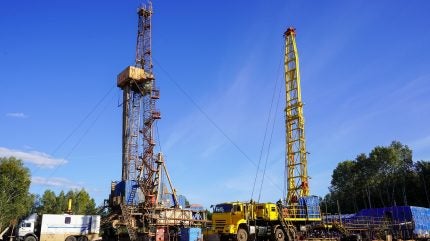
Italian energy major Eni has completed the sale of its stakes in several non-core oil permits in Congo to Anglo-French oil and gas company Perenco for $300m.
First announced in June 2023, the deal has been concluded following the receipt of necessary approvals from the relevant authorities.

Discover B2B Marketing That Performs
Combine business intelligence and editorial excellence to reach engaged professionals across 36 leading media platforms.
The sale of non-core assets forms part of Eni’s strategic plan to focus on its upstream operations on key development projects.
Eni, which has had a presence in Congo for over five decades, considers the country central to its objectives concerning supply security and energy transition efforts.
Currently, Eni is developing Congo’s extensive gas reserves, notably through the $5bn Congo LNG [liquefied natural gas] project.
The Congo LNG project is expected to have an overall LNG production capacity of three million tonnes per year from 2025.

US Tariffs are shifting - will you react or anticipate?
Don’t let policy changes catch you off guard. Stay proactive with real-time data and expert analysis.
By GlobalDataIt involves the installation of two floating natural gas liquefaction plants at the already producing Nenè and Litchendjili fields, as well as at additional fields that are due to be developed.
In a press statement, Eni said: “Eni currently supplies gas to the Congo Electric Power Station (CEC), which provides 70% of the country’s electricity production, and is strongly committed to promoting energy transition in the country, including developing agri-feedstock production initiatives destined for biorefining and not in competition with the food supply chain.”
In a separate announcement, Perenco UK announced the completion of plug and abandonment of three subsea wells at the Gawain field in the UK Southern North Sea.
The campaign, which forms part of decommissioning activities, also included the removal of associated subsea infrastructure.





